New method could help model brain diseases and aid in drug testing.


Stop leaving yourself vulnerable to data breaches. Go to our sponsor https://aura.com/sciencephile to get a 14-day free trial and see if any of your data has been exposed.
Aura just launched their new \.
Has NASA canceled the SLS moon rocket? Will the Artemis Program be canceled too? Can we still beat China to the moon? See why that is vital and my role in helping to establish both the commercial space and SLS programs.
GoldBacks from Galactic/Green Greg’s affiliate link:
https://www.defythegrid.com/goldbacks… coupon code GreenGregs for 1% off Outstanding Antioxidant for Your Health: https://shopc60.com/ Use discount code: GreenGregs10 for 10% off Inspire your kids to love science! SAVE 20% OFF New Science Kits Using Code: NEWKITSSAVE20 https://www.pntra.com/t/SENKTExNSUhDR… For gardening in your Lunar or Mars habitat GalacticGregs has teamed up with True Leaf Market http://www.pntrac.com/t/TUJGRklGSkJGT… Awesome deals for long term food supplies for those long missions to deep space (or prepping in case your spaceship crashes: See the Special Deals at My Patriot Supply: www.PrepWithGreg.com For that off-grid asteroid homestead stock up with Lemans before you blast off: https://www.pntrs.com/t/SENJR0ZOSk9DR…
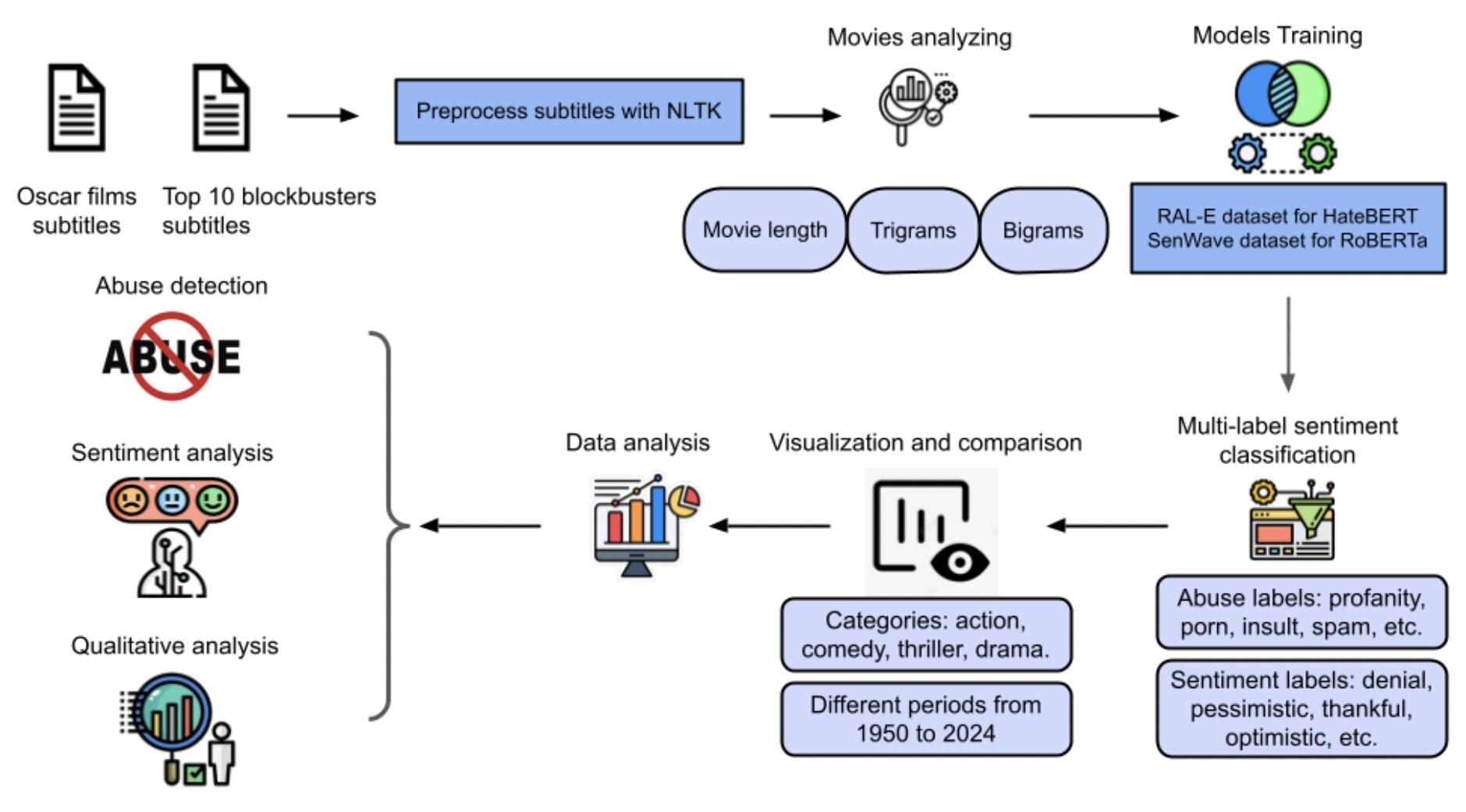
Movies often reflect the predominant societal and cultural values at the time they were shot. These values can be expressed in various elements of a film, including the interactions between characters, their communication styles and their characterizing traits.
Over the past few decades, some parents and scholars have expressed their concerns about the recent evolution of Hollywood Oscar-nominated and blockbuster movies, suggesting that they contain significantly more abusive and violent content than movies released during earlier historical periods. Yet, these debates are often grounded on a general perception of films as opposed to detailed analyses of films.
Two researchers at the University of New South Wales in Australia recently carried out a study aimed at better understanding the differences between the content and dialogues of movies released over the past 70 years, using a class of well-known computational models known as large language models (LLMs). Their findings, on the arXiv preprint server, confirm the hypothesis that movies have become more violent over time while also highlighting movie genres that appear to feature the most abusive and violent content.
Scientists have translated nanoscale experimental and computational data into precise 3D representations of bacteria, yeast and human epithelial, breast and breast cancer cells in Minecraft, a video game that allows players to explore, build and manipulate structures in three dimensions.
The innovation will allow researchers and students of all ages to navigate biological cells, puncturing through the membranes of organelles to view their interiors or wandering across the cytoplasm to see how the various structures are distributed within the cell.
“CraftCells: A Window into Biological Cells” is the first broadly accessible tool allowing users to get an accurate picture of whole cells in 3D, said Zaida (Zan) Luthey-Schulten, a professor of chemistry and of physics at the University of Illinois Urbana-Champaign who led the work with Illinois bioengineering professors Stephen Boppart and Rohit Bhargava, graduate student Kevin Tan, postdoctoral researchers Zane Thornburg and Seth Kenkel, and study lead author Tianyu Wu, a biophysics graduate student at the U. of I.
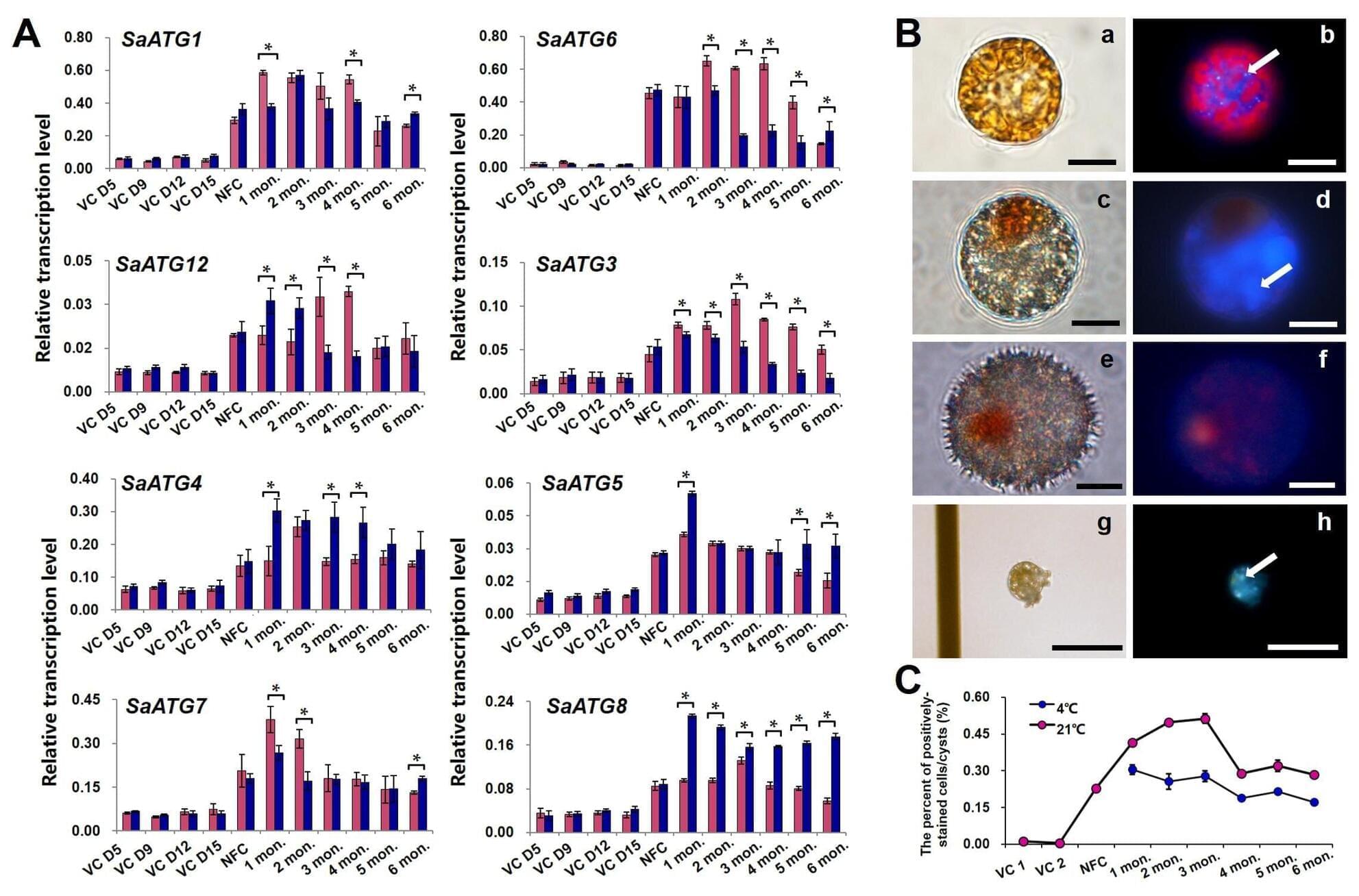
Dinoflagellates play crucial roles in aquatic ecosystems, particularly as major contributors to harmful algal blooms. They can enter a dormant stage, known as the resting cyst stage, that allows them to survive for extended periods—up to 150 years—in marine sediments. This dormancy is essential for their annual population dynamics, blooming cycles, and geographic expansion.
Despite the ecological importance of resting cysts, the molecular mechanisms governing their dormancy, viability maintenance, and germination in natural sediments remain largely unexplored.
To better understand this process, researchers from the Institute of Oceanology, Chinese Academy of Sciences (IOCAS), in collaboration with scientists from the University of Connecticut, investigated these mechanisms. They utilized a dinoflagellate mRNA-specific spliced leader as a “hook,” along with single-molecule real-time sequencing and other physiological measurements.
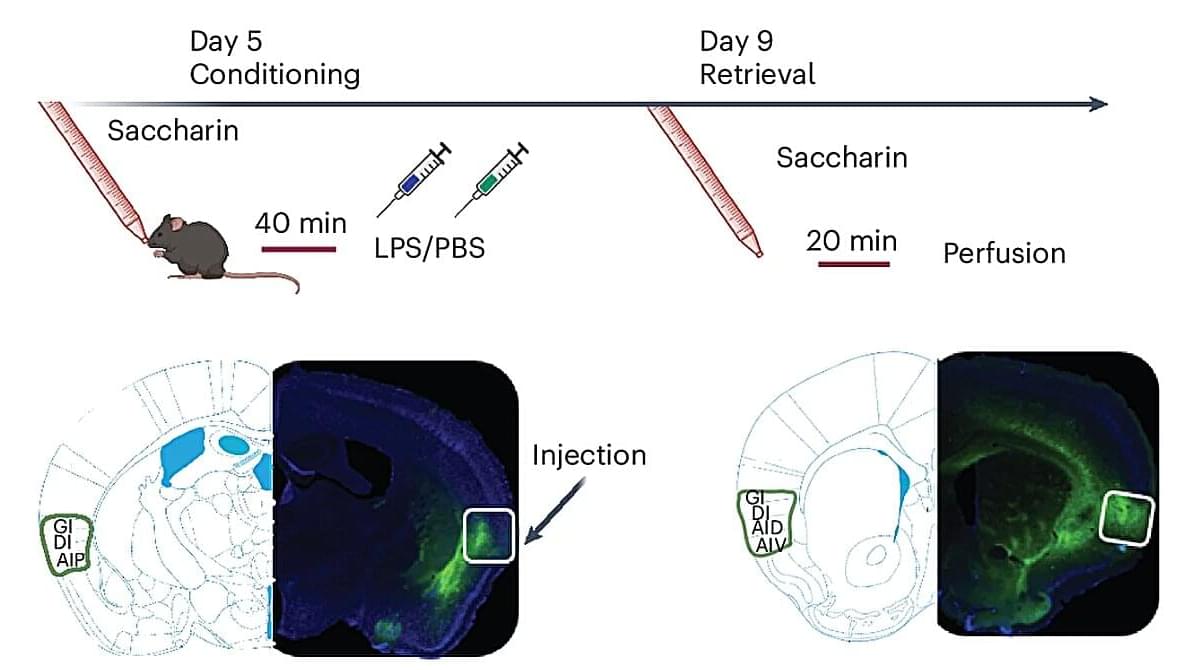
The brain of humans and other animals is known to contribute to the protection of the body from infections. Past studies have unveiled the existence of the so-called conditioned immune response (CIR), which is a form of Pavlovian conditioning that entails the formation of mental associations between specific sensory stimuli (e.g., a specific odor, taste, etc.) and immunomodulatory agents (i.e., a substance that influences the immune system).
For instance, if an animal tastes a particular food shortly before becoming ill several times, re-experiencing the same taste can evoke an aversive response and even trigger an anticipatory immune response. While this CIR is now well-documented, its neural underpinnings so far remain poorly understood.
Researchers at University of Haifa recently carried out a study aimed at better understanding the neural pathways involved in these widely reported conditioned immune responses (CIRs). Their paper, published in Nature Neuroscience, outlines a neural pathway that appears to mediate the retrieval of CIRs in male mice.
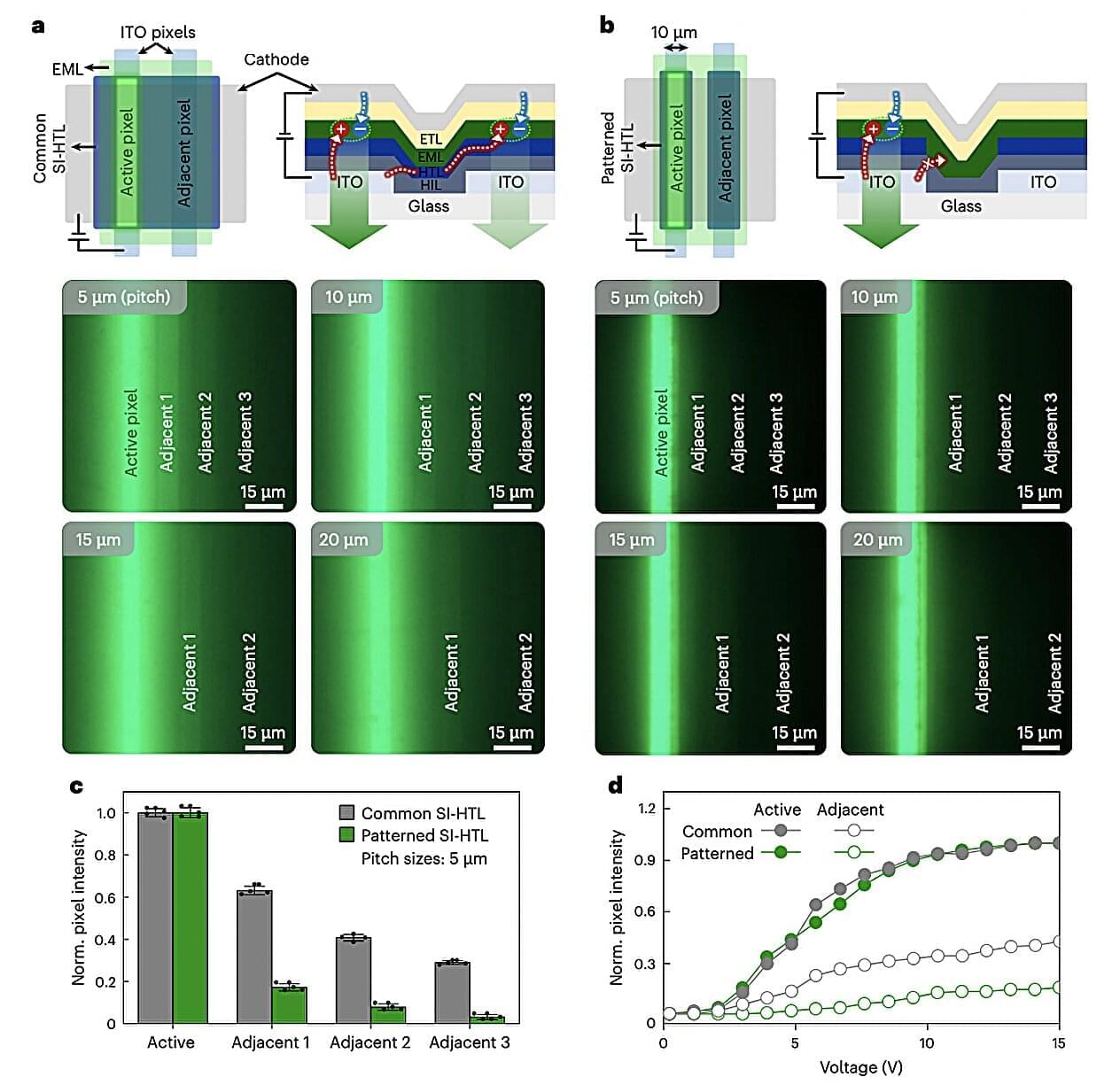
Researchers at the University of Liège (Belgium) have uncovered a previously unknown mechanism that regulates the immune response against parasites. During a parasitic infection, specific immune cells, known as virtual memory T cells, become activated and express a surface molecule called CD22, which prevents an excessive immune reaction. This discovery could help in better-controlling inflammation and improving immune responses to infections.
The findings are published in the journal Science Immunology.
Nearly a quarter of the world’s population is infected by helminths, parasitic worms that establish themselves in the intestine for extended periods. In response to these invaders, the immune system deploys complex defense strategies. In their recent study, the researchers revealed a previously unsuspected mechanism that regulates the activation of certain immune cells: CD8+ virtual memory T cells (TVM).
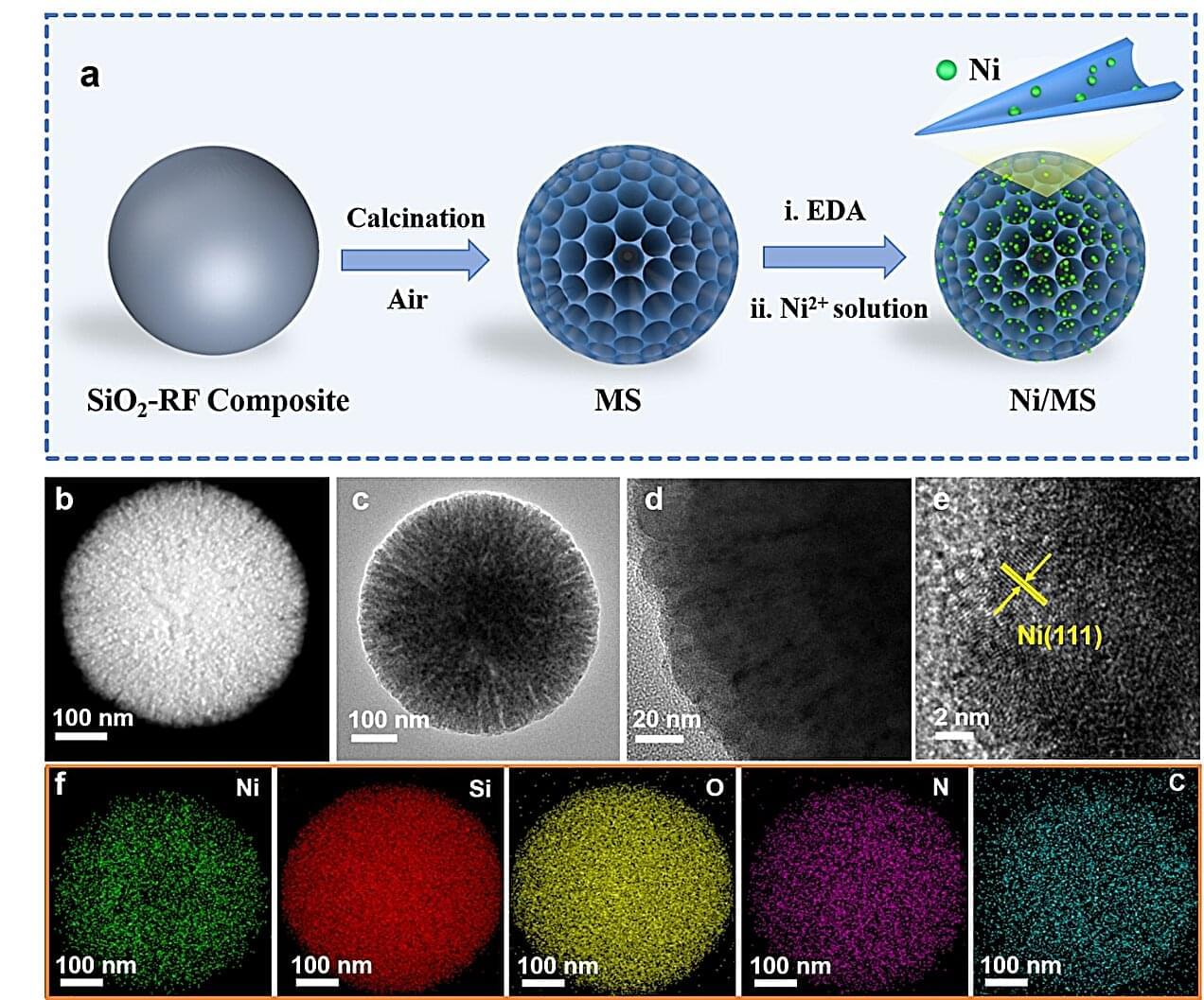
A research team led by Wang Guozhong from the Hefei Institutes of Physical Science of the Chinese Academy of Sciences has developed a novel method to precisely control the size of nickel (Ni) particles in catalysts, improving their performance in hydrogenation reactions.
The findings, published in Advanced Functional Materials, offer new insights into catalyst design for industrial applications.
Catalysts play a crucial role in accelerating chemical reactions without being consumed, and the size of metal particles within them is a key factor influencing their performance.
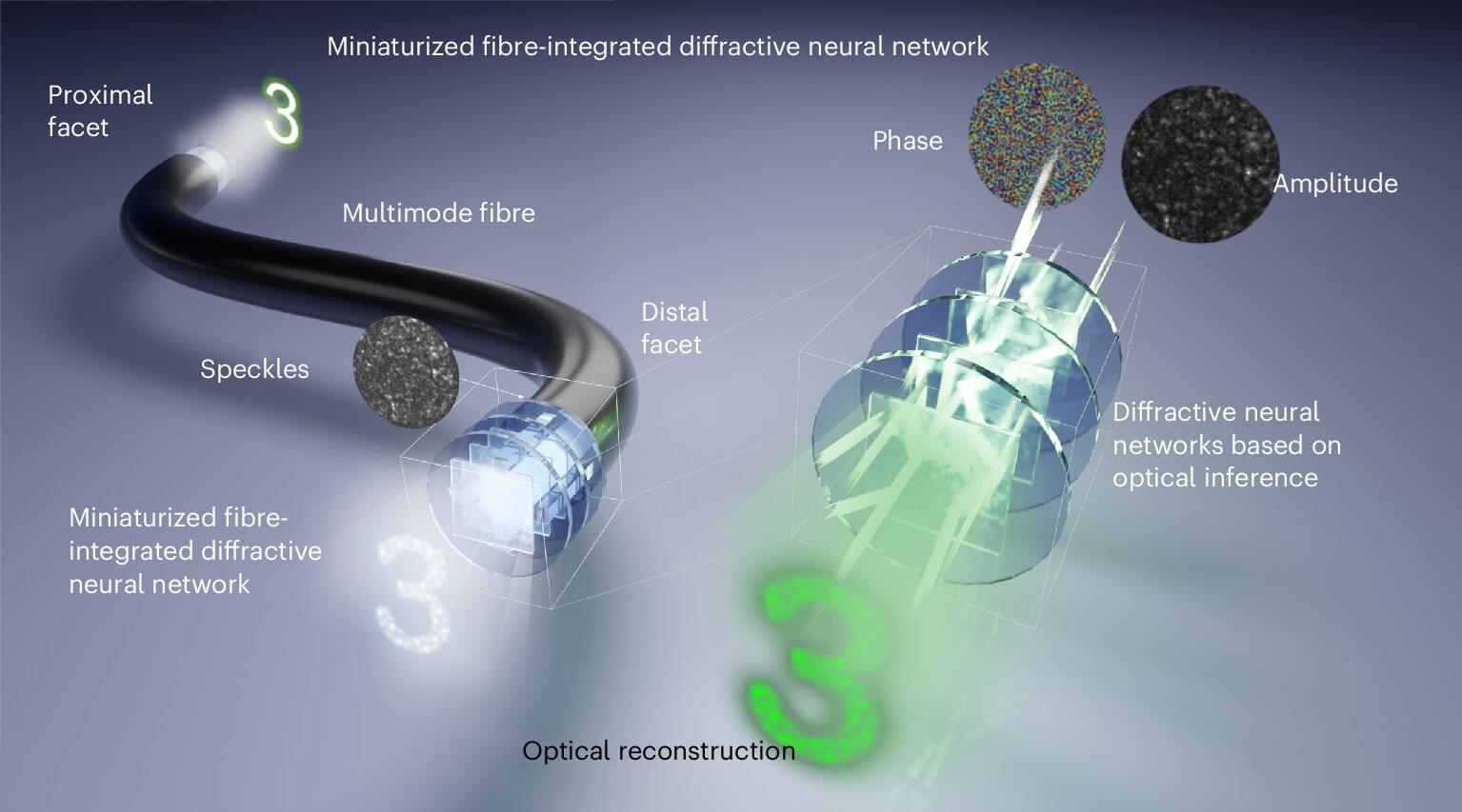
Optical fibers are fundamental components in modern science and technology due to their inherent advantages, providing an efficient and secure medium for applications such as internet communication and big data transmission. Compared with single-mode fibers (SMFs), multimode fibers (MMFs) can support a much larger number of guided modes (~103 to ~104), offering the attractive advantage of high-capacity information and image transportation within the diameter of a hair. This capability has positioned MMFs as a critical tool in fields such as quantum information and micro-endoscopy.
However, MMFs pose a significant challenge: their highly scattering nature introduces severe modal dispersion during transmission, which significantly degrades the quality of transmitted information. Existing technologies, such as artificial neural networks (ANNs) and spatial light modulators (SLMs), have achieved limited success in reconstructing distorted images after MMF transmission. Despite these advancements, the direct optical transmission of undistorted images through MMFs using micron-scale integrated optical components has remained an elusive goal in optical research.
Addressing the longstanding challenges of multi-mode fiber (MMF) transmission, the research team led by Prof. Qiming Zhang and Associate Prof. Haoyi Yu from the School of Artificial Intelligence Science and Technology (SAIST) at the University of Shanghai for Science and Technology (USST) has introduced a groundbreaking solution. The study is published in the journal Nature Photonics.